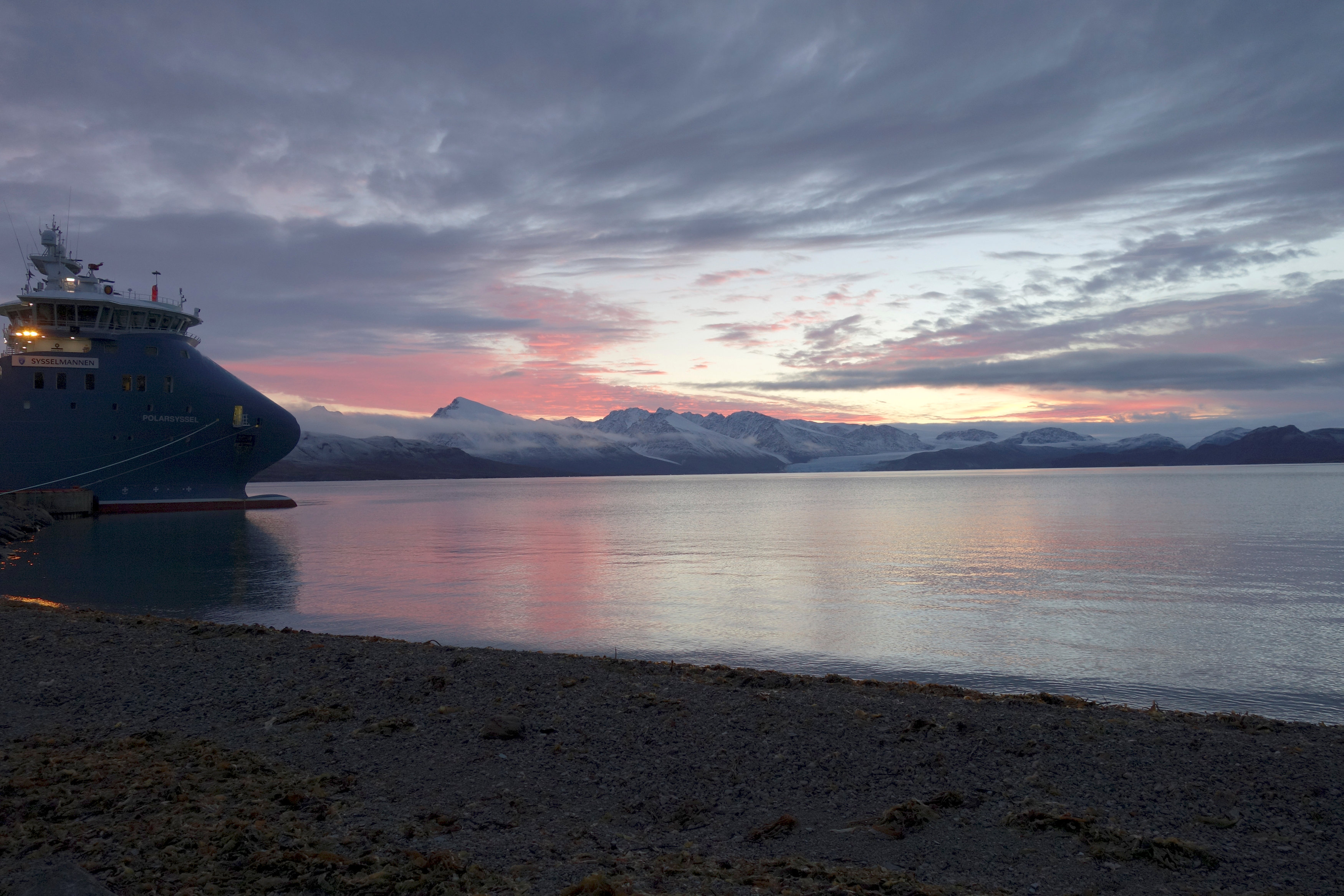Pace of climate change in Svalbard poses challenge for scientists

Scientists from the Norwegian Polar Institute argue in an article in the Norwegian newspaper Aftenposten that climate changes are happening so fast in the high Arctic areas of Svalbard that they struggle to keep up the pace.
Only three warm-blooded species spend the eight to nine winter months of the year at the Svalbard tundra; the Svalbard reindeer, the Svalbard grouse and the mountain fox. In the summer months migrating birds, largely arctic geese, arrive and increase the number of fauna inhabitants on the islands. The ecosystem thus consists of few species with well-known relations between them, and so it should in theory be easy for scientists to monitor and document any changes occurring.
However, the well-known patterns are changing due to rapidly changing climate conditions. There are fewer days of Arctic cold, more days of rain in the winter, earlier onset of summer and later onset of winter than before. The permafrost is melting and the fjord ice is thawing and disappearing. Climate prognoses suggest that the Svalbard climate by year 2100 may resemble that of Denmark today, the scientists argue.
The consequences may be grave—the loss of Arctic natural diversity and the collapse of food chains to mention but two. Due to the significant insecurities surrounding the actual developments that will take place scientists face new demands as to how to conduct their climate research and monitoring of the Svalbard nature. One response is the creation of an observation system that is to be built up over a five-year period at Svalbard (High Arctic) and on the Varanger peninsula on the Norwegian mainland (Lower Arctic).
The Climate-Ecological Observation System for Arctic Tundra (COAT) is to be fully operative by 2021.